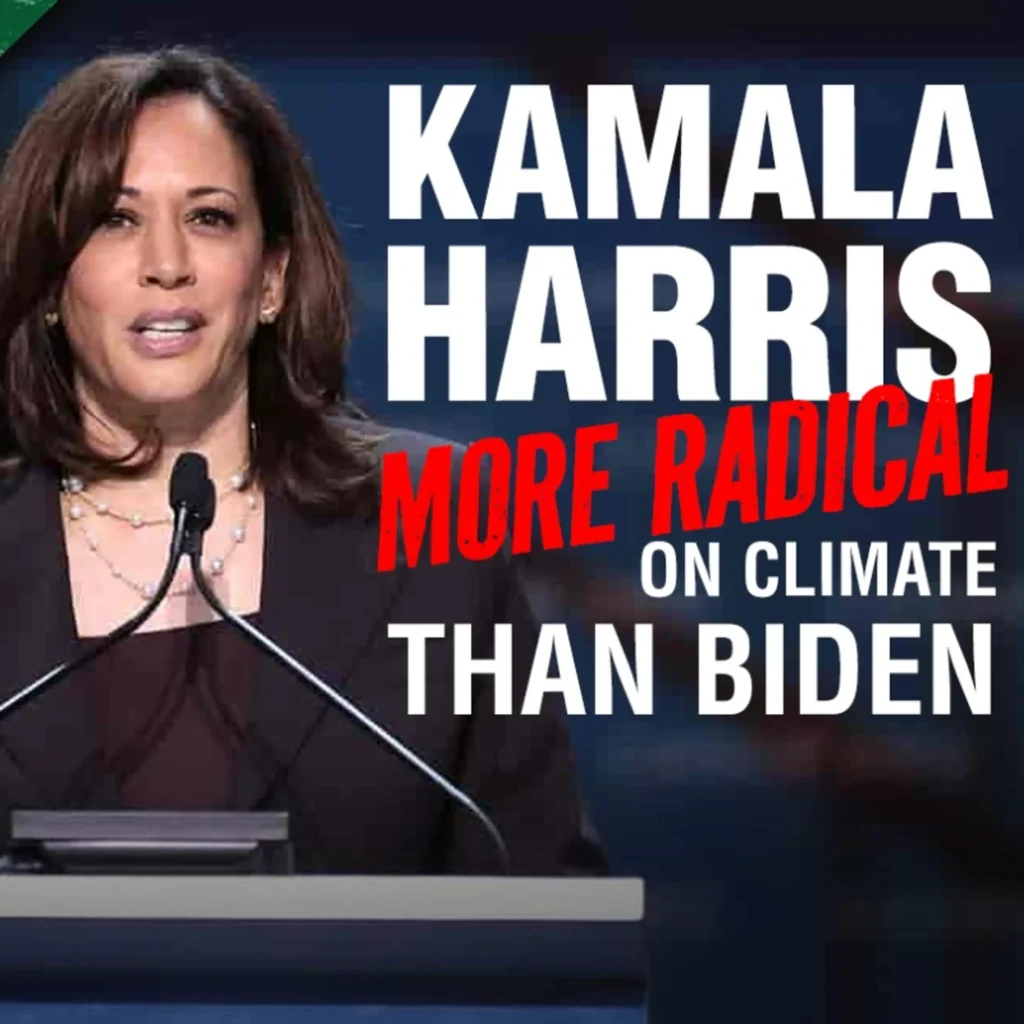Confusion, delays, and budget overruns–just another “successful” stimulus program brought to you by the federal government.
That’s the “cash for clunkers” program, which is working so well that the $1 billion allocated for it was gone in less than a week, with Congress debating the release of an additional $2 billion in stimulus funds to cover the burgeoning demand.
On the surface, it looks as if the federal government has finally found a stimulus project that actually works. More people are buying new, higher mileage automobiles, so everyone’s a winner, right? Wrong.
These sorts of so-called “economic development” schemes often give only short-term gains while leaving behind unintended negative consequences. As Jeremy Anwyl, CEO of Edmonds.com, pointed out in a Wall Street Journal op-ed, “This sales frenzy was inevitable. We have crammed three to four months of normal activity into just a few days. What everyone fails to realize is that once this backlog is met, interest in the program will fade.”
To receive the subsidy, dealers must destroy the “clunkers” instead of reselling them to, say, a low-income person who could use a cheap car in which to find or get to work. What environmental or economic sense does it make to destroy a perfectly serviceable car that gets 18 miles per gallon in exchange for a much more expensive one that gets 22 mpg? This program boosts one group of small businessmen while leaving used-car owners and dealers at a significant, government-created disadvantage … and leaving the poor out in the cold.
The program assumes it’s good for people to buy brand new cars when they have perfectly usable ones already. Like the housing bubble, this is yet another example of government distorting the marketplace by subsidizing, with taxpayer money, the purchase of a big-ticket item that likely requires consumers to take on more debt.
With people already holding considerable debt and reeling from widespread foreclosures, a battered stock market, and an unemployment rate expected to reach double digits by the end of this year, this hardly seems the time to encourage people to buy a new car when they already have a serviceable one.
Even worse, it is surely reckless for the government to encourage Americans to take on more personal debt when the country is running a nearly $2 trillion deficit and facing the deepest economic recession since the Great Depression. People need more income, not more debt, and the clunkers program does nothing to alleviate that problem.
Many dealerships have voiced their displeasure with the inefficiency and backlog in the program’s application process, as they wait for the federal bureaucracy to get to them. The confusion surrounding the program has left many dealers and car buyers in the dark regarding the status of their rebate. Car salesman Rob Bojaryn told CBS in response to the government’s handling of the CARS program, “If they can’t administer a program like this, I’d be a little concerned about my health insurance.”
The bottom line: Artificially inflating new car sales for a short time does little to benefit the overall economy. Instead of encouraging people to take on more debt, the government should instead allow taxpayers to keep more of their own money and spend it on things they don’t already have, instead of destroying things people can use.
John Nothdurft ([email protected]) is the budget and tax legislative specialist for The Heartland Institute.




